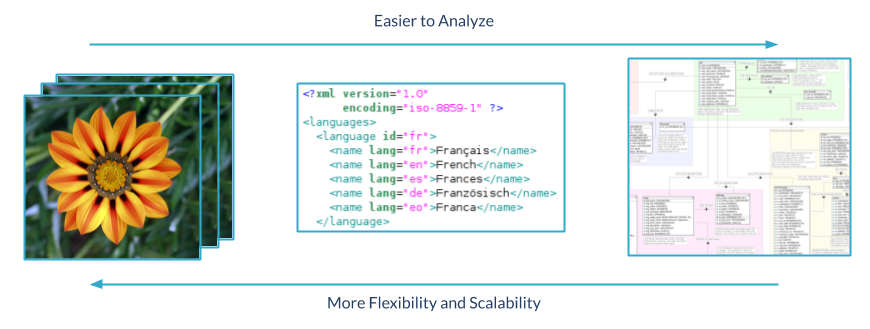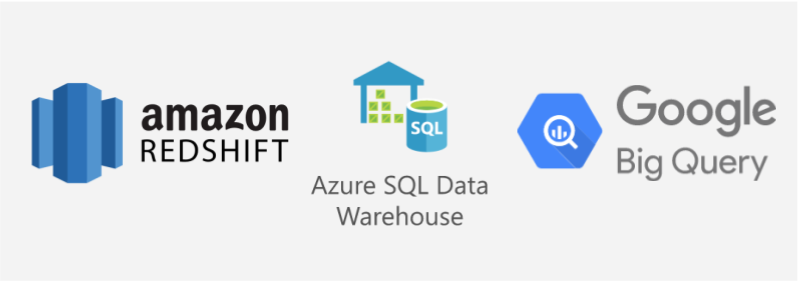Almacenamiento de datos
Diseño de bases de datos

Lis Sulmont
Curriculum Manager
Estructuración de datos
1. Datos estructurados
- Sigue un esquema
- Tipos de datos definidos y relaciones
Por ejemplo, SQL, tablas en una base de datos relacional.
**2. Datos no estructurados
- Sin esquema
- Constituyen la mayor parte de los datos del mundo.
Por ejemplo, fotos, registros de chat, MP3.
**3. Datos semiestructurados
- No siguen un esquema más amplio.
- Estructura autodescriptiva
e.g., NoSQL, XML, JSON
# Example of a JSON file
"user": {
"profile_use_background_image": true,
"statuses_count": 31,
"profile_background_color": "C0DEED",
"followers_count": 3066,
...
Estructuración de datos

1 Flor, por Sam Oth, y diagrama de base de datos, por Nick Jenkins, a través de Wikimedia Commons. https://commons.wikimedia.org/wiki/File:Languages_xml.png
Almacenamiento de datos más allá de las bases de datos tradicionales
- Bases de datos tradicionales
- Para almacenar datos estructurados relacionales en tiempo real ⟶ OLTP
- Almacenes de datos
- Para analizar datos estructurados archivados ⟶ OLAP
- Lagos de datos
- Para almacenar datos de todas las estructuras = flexibilidad y escalabilidad
- Para analizar macrodatos
Almacenes de datos
- Optimizado para análisis: OLAP
- Organizado para leer/agregar datos
- Normalmente de solo lectura
- Contiene datos de múltiples fuentes.
- Procesamiento masivamente paralelo (MPP)
- Normalmente utiliza un esquema desnormalizado y modelado dimensional.
Mercados de datos
- Subconjunto de almacenes de datos
- Dedicado a un tema específico


Lagos de datos
- Guardan todo tipos de datos a un menor costo:
- Por ejemplo, bases de datos operativas sin procesar, registros de dispositivos IoT, en tiempo real, relacionales y no relacionales.
- Conserva todos los datos y puede almacenar petabytes.
- Esquema en lectura frente a esquema en escritura.
- La necesidad de catalogar los datos se convierte en un pantano de datos.
- Ejecuta análisis de macrodatos utilizando servicios como Apache Spark y Hadoop.
- Útil para el aprendizaje profundo y el descubrimiento de datos, ya que las actividades requieren una gran cantidad de datos.

ETL

ELT

¡Vamos a practicar!
Diseño de bases de datos

